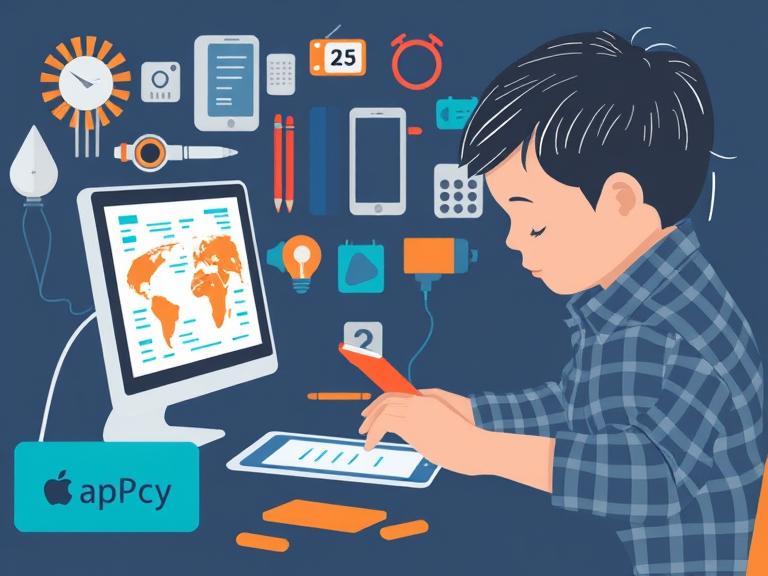Your basket is currently empty!
The Role of Gadgets in Modern Education

Gadgets have revolutionized the way students learn and teachers teach. With the growing presence of technology in classrooms and homes, education has become more accessible, engaging, and personalized. Laptops, tablets, e-readers, and smartboards are now common tools in modern education systems around the world.
One of the biggest advantages is access to information. With a few taps, students can research any topic, watch educational videos, or read e-books. Online learning platforms like Khan Academy, Coursera, and Duolingo offer self-paced learning on a wide range of subjects. Gadgets help break down barriers to education, especially for students in remote or underserved areas.
Teachers also benefit from gadgets. They can create interactive lessons using multimedia content, conduct quizzes through apps, and monitor student progress in real-time. Digital tools enable differentiated instruction—where lessons can be adapted to suit the individual learning styles and speeds of each student.
However, the use of gadgets in education is not without challenges. Distraction is a major issue, as students can easily switch from learning apps to games or social media. Additionally, not all students have equal access to gadgets or stable internet, creating a digital divide. There is also debate about screen time and its impact on students’ concentration and health.
Still, when used effectively, gadgets can support creativity, critical thinking, and collaboration. They prepare students for a tech-driven world while making learning more flexible and engaging. The key is to find a balance—leveraging gadgets as tools, not crutches.
Leave a Reply